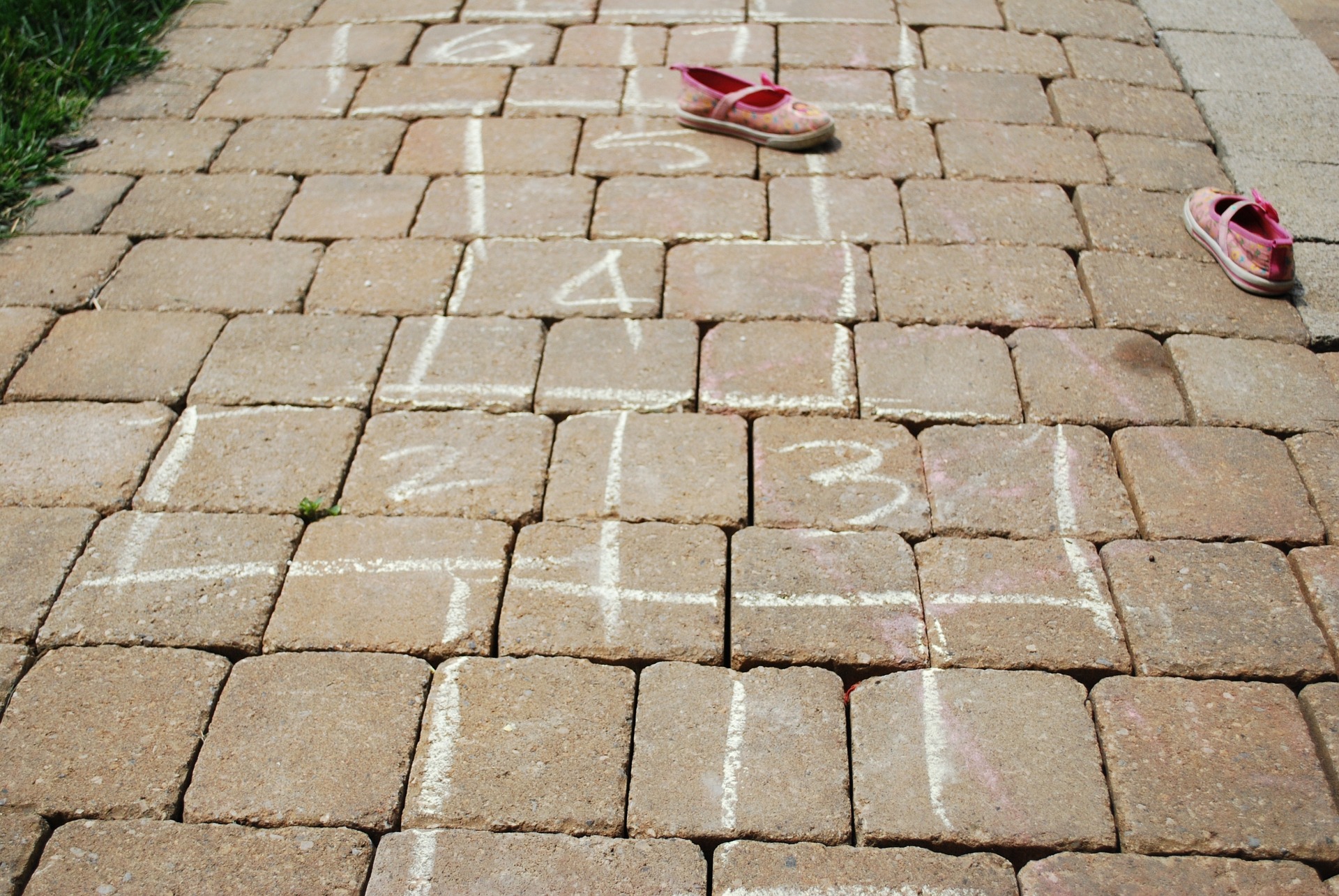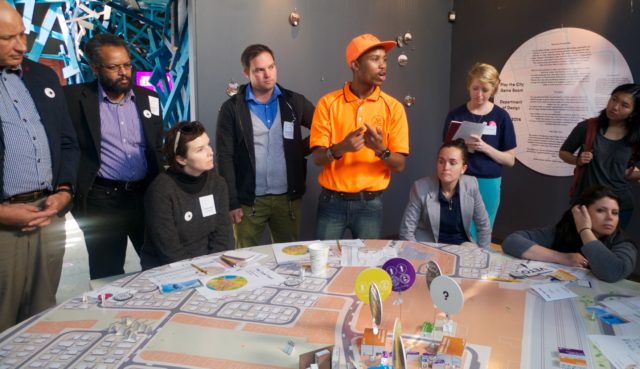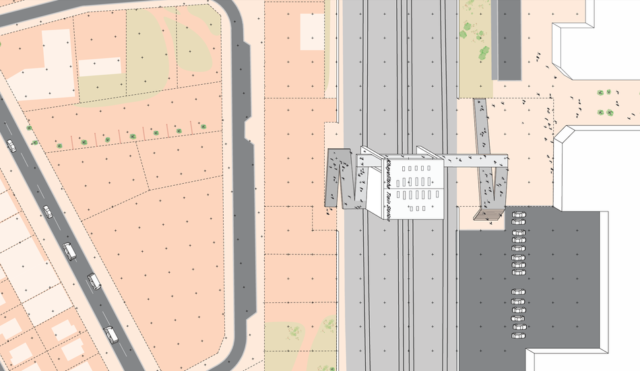
Is Gaming a Viable Method for Urban Design?
October 20, 2014 — Blog
“The city with which we end the 20th century and enter the 21st is untamed, shrew, capricious, ever-changing; actually not a city but a text written by millions of unknown writers, unaware that they are writers, read by millions of readers, each reading his or her own personal and subjective story in this ever-changing chaotic text, thus changing and recreating and further complicating it.”
– Portugali, 1997
The metaphor of the city as a complex text written by millions of unknown writers is today becoming a less abstract, increasingly tangible phenomenon. The ‘unaware authors’ of the city were recognised in the nineteenth century city as much as in the contemporary city; what Portugali brings to our attention is the idea that the twentieth century ‘planned city’ is transforming into an awareness of the ‘city as a self-organising system’. A greater number of contributors, more aware than unaware, are taking part in the shaping of their cities; it is no longer groundbreaking to state that the communication revolution is paving the way for collaborative urban processes through which various urban actors –developers, residents, local governments, activists and others– are finding new ways to co-produce cities.

Today, we are witnessing a transformative moment, as newly available technologies offer new methods to intervene directly in urban processes. Compare one of last century’s participation tools such as ‘Advocacy Planning’ where experts positioned themselves as representatives of disadvantaged communities, while today communities and individuals have the chance to operate more directly in the city 1. While new collaborative bottom-up tools emerge, the top-down production of the city by ‘traditional’ powers, such as government planning institutions, commercial developers and architects, continue to exist2. More than a replacement of the old by the new ways of city-making3, we observe the coexistence of old city production methods with emerging ones.

We are in need of a new understanding for cities that does not rely on the dichotomy of the bottom-up or top-down, planned or unplanned, formal or informal. Instead, we should see the city as a holistic self-organizing system4, run by multiple urban stakeholders, Such a complex urban system5 is in constant search for its state of equilibrium, rather than being represented by a frozen plan. Cities are shaped by the interconnection of spatial, social, economic, political, environmental and cultural sub-systems under the influence of formal and informal processes. Urban agents activate these sub-systems by generating, evolving or simply following their driving forces.
Some of these urban agents come into power for a given time, until the city changes its state, following a new set of rules, whose order is influenced by other active players until this too shifts into yet another state and a new balance emerges. The process is open-ended. Cyclical processes generate decisions by engaged agents for implementation in relation to urban dynamics. Thus, creating new rules and modifying former ones will be only natural6.
This new understanding of cities, free from the division of bottom and top urban players, will call for innovation of open and collaborative city-making methods where urban agents constantly exchange information, learn and negotiate and based on these interactions make decisions and implement plans for the city. Consequently this research asks: what would the new methods be which refer to the unpredictable spatial and social states of the urban complexity? What role do simple rules play in the organization of complex urban systems? What role could these simple rules play in the establishment of new collaborative methods engaging well-informed urban stakeholders?
Ekim Tan is one of five innovators selected to present at the NewCities “Making the Future City” event on October 22, 2014 at the Autodesk Gallery pop-up in Paris.
1. A more comprehensive survey on the historic.
2. Bottom-up and Top-down are terms borrowed from systems science; an initiative to study systems from a holistic point of view. In a top-down approach an overview of the system is formulated, specifying but not detailing any first-level subsystems. A bottom-up approach is the piecing together of systems to give rise to grander systems. In disciplines of urban planning and urban design, these terms are also used to address organization models for cities in the making. Top-down urban processes are typically formulated in advance and are conducted by large urban stakeholders such as Cities, corporations. Bottom-up urban processes are aggregated by small scale enterprises or individual citizens, sometimes as collectives as well, formulating an urban order incrementally.
3. The term ‘city-making’ was born from the need to address that there are other skill needed in enchanting cities than architecture, engineering and land-use planning. In this thesis it is also a conscious choice to use the term to stress that cities as self-organizing systems are collaborative artifacts embracing both bottom-up and top-down processes of learning, planning, designing and implementation.
4. Self-organization is a process where some form of global order or coordination arises out of the local interactions between the components of an initially disordered system. This process is spontaneous: it is not directed or controlled by any agent or subsystem inside or outside of the system; however, the laws followed by the process and its initial conditions may have been chosen or caused by an agent.
5. Urban systems refer to any network of towns and cities, and their hinterlands which can be seen as a system, since it depends on the movements of labour, goods and services, ideas, and capital through the network. In the thesis it used to refer to urban processes which depend on interactions of engaged stakeholders.
6. A more detailed description of a self-organizing urban process can be found in the third chapter’s 3.1 ‘Characteristics of a New Method for Self-Organizing Urban Processes’.